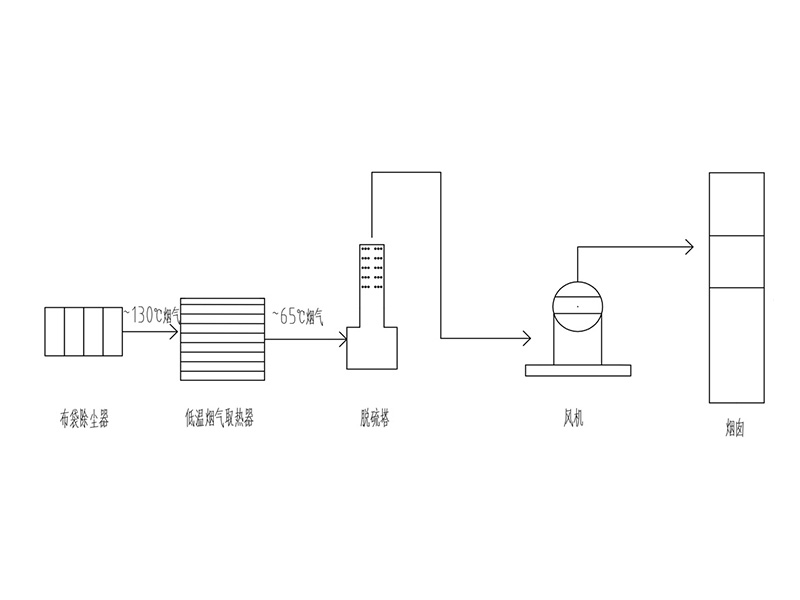Flue gas waste heat recovery before desulfurizing tower for preheating desalted water system

Product features:
(1) High thermal conductivity tube made from low-dimensional carbon-based composite material is adopted for the low-temperature flue gas exchanger, which has the advantages of corrosion resistance and low resistance drop.
(2) Waste heat of the flue gas is used for heating by utilizing the principle of phase change in gravitational field, so that the heat transfer efficiency is high, the heat exchange area is small, and the investment cost is low.
(3)The recovered heat of the flue gas waste heat is utilized in a comprehensive manner, and the heated hot water can be used for providing heating in winter, so that the economic benefit is increased.
(4) Service life of the product can reach 20 year.
Product description:
At present, the temperature of the flue gas at the outlet of the bag dust remover in the power plants is about 130-150 ℃. If the flue gas directly enters the desulfurizing tower, it needs to be cooled by a large amount of spray water, which will cause a lot of heat waste. A low-temperature flue gas heat exchanger is set before the desulfurizing tower to recover the waste heat of the flue gas and reduce the temperature of the flue gas before entering the desulfurizing tower. When the flue gas temperature drops below the acid dew point, the traditional metal tube type low temperature flue gas heat exchangerwill suffer low-temperature corrosion and lose efficiency and fail to meet the requirements of use.
The high-efficiency low-temperature flue gas exchanger adopts a high thermal conductivity tube material made from low-dimensional carbon-based composite material, which can effectively solve the problem of dew point corrosion, it can reduce the temperature of the flue gas from 130 ℃ to 70 ℃, preheat the desalted water by the released heat, and save the steam required for deoxygenation so as to achieve the purpose of saving fuel.






